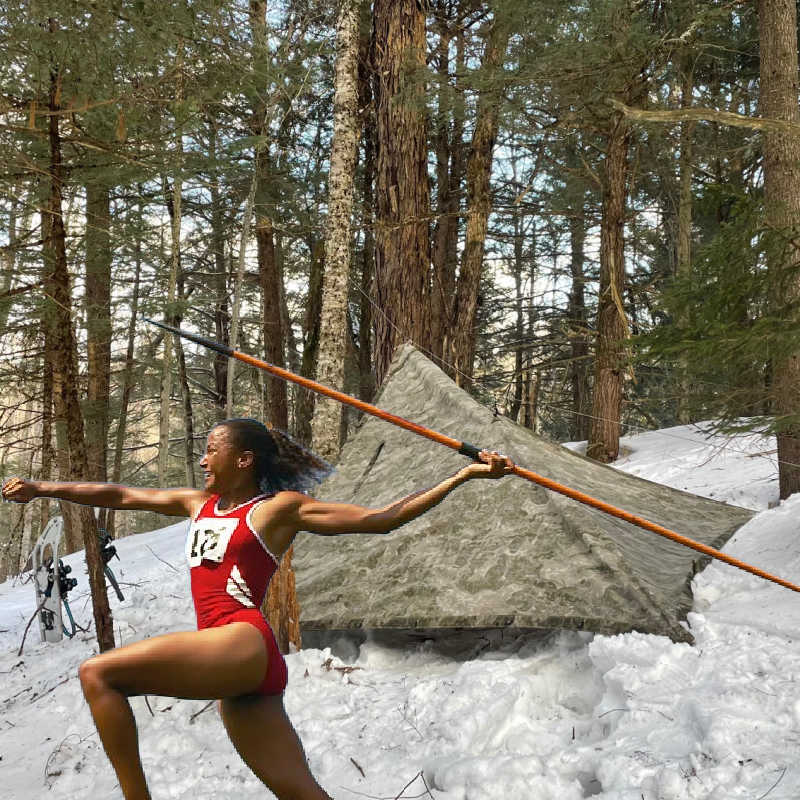
How to Carve a Functional Bow or Spear from Natural Materials
Survival situations, bushcraft activities, and primitive hunting all call for the ability to craft weapons from natural materials.
Two of the most essential tools are a bow and a spear. Both can be used for hunting and self-defense, and making them from scratch requires a blend of skill, patience, and knowledge of the right materials.
This guide will walk you through the process of crafting each of these weapons using only what nature provides.
Selecting the Right Materials

The success of your bow or spear depends largely on the type of wood and other materials you select. Here are some factors to consider:
-
Bow Wood: The best woods for bows are flexible yet strong, such as hickory, ash, yew, or Osage orange. Look for a straight, knot-free branch or sapling about 5-6 feet in length and 1-2 inches in diameter.
-
Spear Wood: Hardwoods such as oak, ash, or hickory make excellent spear shafts due to their density and durability. Your spear shaft should be about 6-8 feet long and roughly 1.5 inches in diameter for optimal effectiveness.
-
String (for Bows): Natural cordage can be made from plant fibers (e.g., yucca, dogbane, or nettles), sinew, or rawhide.
-
Spear Tip: You can harden the tip of your spear by fire, or use stone, bone, or metal for an attached point.
Carving a Functional Bow

1. Shaping the Bow Stave
-
Start by removing the bark and smoothing the wood with a knife or sharp stone.
-
Identify the natural curve of the wood. The inside of the curve (belly) must remain intact, while the outer curve (back) should not be carved down.
-
Taper the limbs, making them slightly thinner towards the tips while keeping the handle area thicker.
2. Carving the Nocks
-
Use a knife or sharp edge to carve small grooves about an inch from each end of the stave.
-
These nocks will hold the bowstring securely in place.
3. Tillering the Bow
-
Slowly begin to bend the bow, checking that each limb bends evenly.
-
If one limb is stiffer, shave small amounts of wood from that side until both limbs bend symmetrically.
-
Test the draw weight, ensuring it pulls smoothly without cracks or weak points.
4. Stringing the Bow
-
Attach your natural cordage to the nocks.
-
The string should be taut but allow some flex in the bow when unstrung.
Crafting a Functional Spear

1. Selecting and Shaping the Shaft
-
Remove any bark and smooth the surface.
-
Ensure the shaft is straight; if needed, heat and bend it carefully to correct warping.
2. Crafting the Spear Tip
Fire-Hardening Method:
-
Sharpen the end to a fine point using a knife or stone.
-
Slowly rotate the tip over a fire until the wood darkens and hardens but does not burn.
Adding a Stone or Bone Tip:
-
Carve a notch at the tip of the shaft to hold a stone or bone blade.
-
Use sinew, plant fiber cordage, or rawhide to lash the tip securely in place.
-
Apply natural glue (pine resin mixed with charcoal) for extra security.
3. Balancing the Spear
-
If using for throwing, adjust the weight distribution so the spear flies straight.
-
A weighted butt end can improve accuracy and impact.
Testing and Adjusting
-
Test your bow with an arrow by drawing and releasing smoothly.
-
Check for vibrations, weak spots, or imbalance and refine as needed.
-
Throw your spear at a target to gauge its accuracy and penetration.
By following these steps, you can create functional, primitive weapons from nature, useful for survival, hunting, or bushcraft practice. Always remember to respect nature and craft responsibly. Happy carving!

